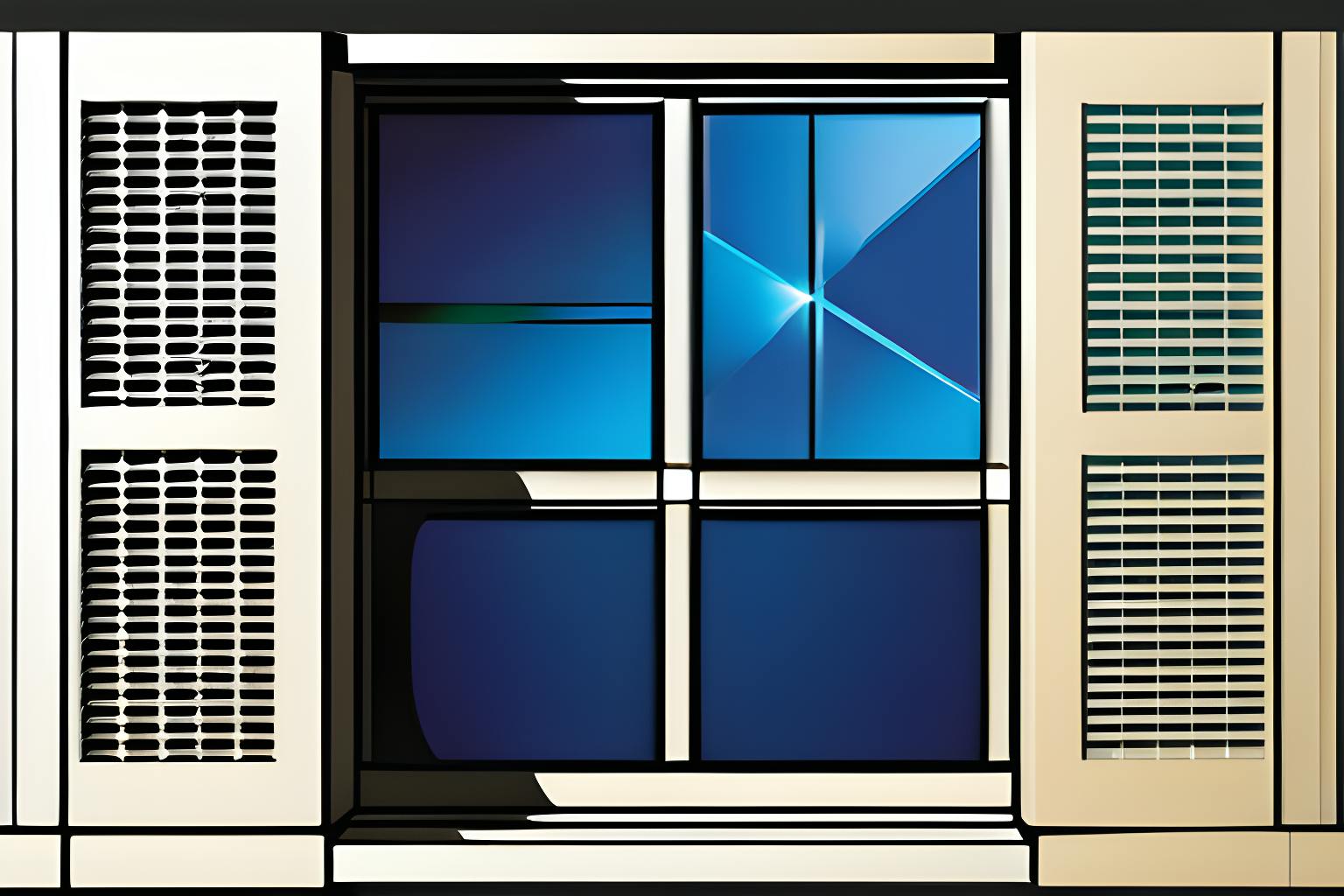United States Of America. v. Microsoft Corporation Court Filing by Thomas Penfield Jackson, November 5, 1999, is part of
C. Viable Alternatives to Windows
-
That Microsoft’s market share and the applications barrier to entry together endow the company with monopoly power in the market for Intel-compatible PC operating systems is directly evidenced by the sustained absence of realistic commercial alternatives to Microsoft’s PC operating-system products.
-
OEMs are the most important direct customers for operating systems for Intelcompatible PCs. Because competition among OEMs is intense, they pay particularly close attention to consumer demand. OEMs are thus not only important customers in their own right, they are also surrogates for consumers in identifying reasonably-available commercial alternatives to Windows.
Without significant exception, all OEMs pre-install Windows on the vast majority of PCs that they sell, and they uniformly are of a mind that there exists no commercially viable alternative to which they could switch in response to a substantial and sustained price increase or its equivalent by Microsoft.
For example, in 1995, at a time when IBM still placed hope in OS/2's ability to rival Windows, the firm nevertheless calculated that its PC company would lose between seventy and ninety percent of its sales volume if failed to load Windows 95 on its PCs.
Although a few OEMs have announced their intention to pre-install Linux on some of the computers they ship, none of them plan to install Linux in lieu of Windows on any appreciable number of PC (as opposed to server) systems. For its part, Be is not even attempting to persuade OEMs to install the BeOS on PCs to the exclusion of Windows.
-
OEMs believe that the likelihood of a viable alternative to Windows emerging any time in the next few years is too low to constrain Microsoft from raising prices or imposing other burdens on customers and users. The accuracy of this belief is highlighted by the fact that the other vendors of Intel-compatible PC operating systems do not view their own offerings as viable alternatives to Windows.
Microsoft knows that OEMs have no choice but to load Windows, both because it has a good understanding of the market in which it operates and because OEMs have told Microsoft as much. Indicative of Microsoft’s assessment of the situation is the fact that, in a 1996 presentation to the firm’s executive committee, the Microsoft executive in charge of OEM licensing reported that piracy continued to be the main competition to the company’s operating system products.
Secure in this knowledge, Microsoft did not consider the prices of other Intel-compatible PC operating systems when it set the price of Windows 98.
-
As the Court found above, the growth of server- and middleware-based applications development might eventually weaken the applications barrier to entry. This would not only make it easier for outside firms to enter the market, it could also make it easier for non-Microsoft firms already in the market to present a viable alternative to Windows.
But as the Court also found above, it is not clear whether ISVs will ever develop a large, diverse body of full-featured applications that rely solely on APIs exposed by servers and middleware.
Furthermore, even assuming that such a movement has already begun in earnest, it will take several years for the applications barrier to erode enough to enable a non-Microsoft, Intelcompatible PC operating system to develop into a viable alternative to Windows.
Continue Reading Here
About HackerNoon Legal PDF Series: We bring you the most important technical and insightful public domain court case filings.
This court case Civil Action No. 98-1232 (TPJ) retrieved on 2-6-2023, from justice.gov is part of the public domain. The court-created documents are works of the federal government, and under copyright law, are automatically placed in the public domain and may be shared without legal restriction.

